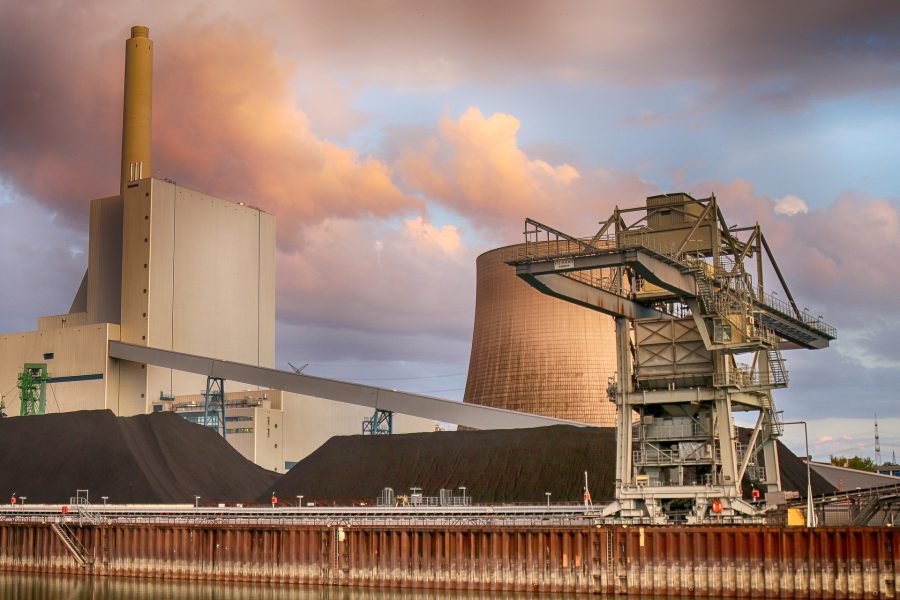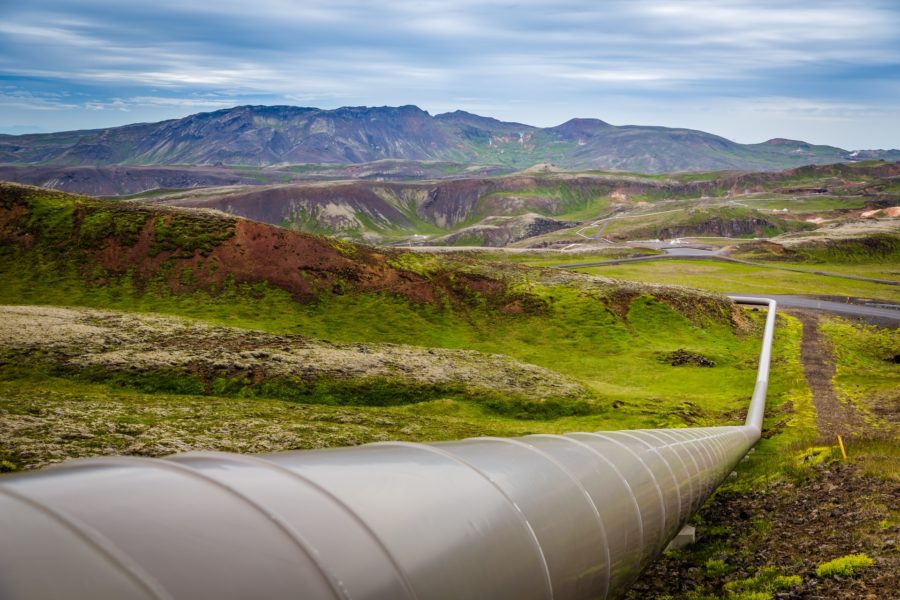The Dakota Access, LLC, and Energy Transfer Crude Oil Company, LLC (collectively, “the carriers”), own the Dakota Access Pipeline that runs from North Dakota to southern Illinois.[1] The carriers submitted a plan to the Illinois Commerce Commission (“Commission”) to add additional pumping states in Illinois to accommodate the 2020 approval by North Dakota Regulators expanding the capacity of the pipeline from 570,000 to 1.1 million barrels per day.[2] The Commission granted the carrier’s petition and Save Our Illinois Land (“SOIL”), one of the environmental groups opposed to the petition, filed for a rehearing which the Commission denied.[3]
Tag: energy industry

Seeking to clarify the incentives available to developers of projects that capture carbon emissions during emission, the U.S. Treasury Department and the Internal Revenue Service (IRS) released final regulations for Section 45Q of the Internal Revenue Code in early January.[1]
Section 45Q incentivizes tax equity investors to invest in carbon capture and sequestration (“CCS”) by making financing easier through liberalization of several concepts and provisions.[2] Notwithstanding Section 45Q, though, various costs, inconsistent public support, and transportation and storage challenges remain barriers to implementing CCS.[3]


